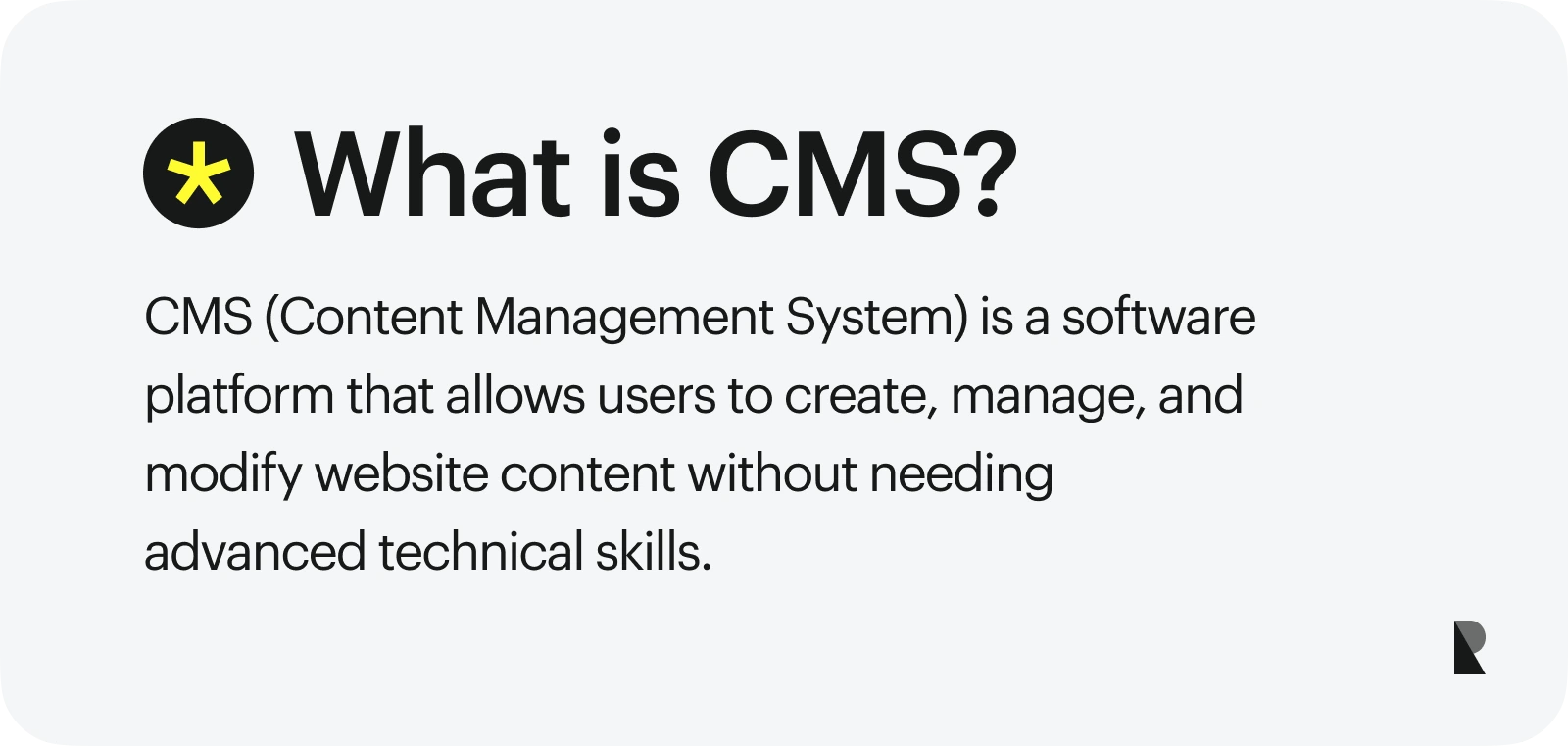
Web design standards have advanced remarkably since the HTML and CSS era began. From text-only HTML web pages to boxy-type styles, the industry has now popularized the standards for creating successful, responsive standards-based websites online.
Thanks to HTML5 and CSS3 and the new generation practices, tools, and frameworks, web designers now have the freedom to design stunning responsive web pages which is not limited to the table-based layout. While the basics of CSS are relatively easy to learn, the problem starts when you turn your designs into reality and start coding. Web design skills come with experience and cannot be obtained by simply memorizing and reading specifications and documentation alone.
However, in the information age, having a well-designed static website alone is not enough to keep the whole website operation running in the long run. With the expansion of technology and the world wide web in the last decades, we have witnessed a lucrative rise in the popularity of different CMS and applications. Managing digital content effectively is a vital factor for every online business application, which provides a way to handle different kinds of information such as text, media, graphics, and other forms of data without prior knowledge of web programming or markup languages.
CMS or Content Management System is a software or platform that enables users to create, modify, delete, and publish content through an easy-to-use graphical user interface for website construction and maintenance without previous CSS and HTML knowledge. In simple words, CMS enables you to create web pages with stunning designs that are responsive-ready, even if you don't know anything about graphic design, programming languages, and web technologies.
For established companies, partnering with a specialized corporate web design agency can bridge the gap between what an out-of-the-box CMS can generate and what the brand actually needs in terms of visual identity, performance, and long-term scalability.
CMS helps users control, maintain, reassemble and manage content stored within a database in a web server with proper security protocols and can be assembled using flexible programming and markup languages such as PHP and HTML. With so many CMS platforms online, chances are you have already used some content management systems without realizing it. You probably have experience with how to create, publish and update content, embed images and videos under specific categories and tags using profiles, and so on.
Although conventional CMS software doesn't solve all business requirements, it can be integrated with other content management system design principles and external technologies to solve some complex web application requirements. Additionally, a typical content management application can also provide support for the development of more complex enterprise content management through traditional source code-oriented techniques, which can also produce CMS website products that enable the deployment of content across any presentation layer accessible via an Application Programming Interface (API).
Furthermore, many CMS platform solutions today allow you to customize their design, including their HTML and CSS code. So having this freedom to work with different technology and web design at once provides substantial benefits in building and maintaining websites.
The Role of CMS in Web Design
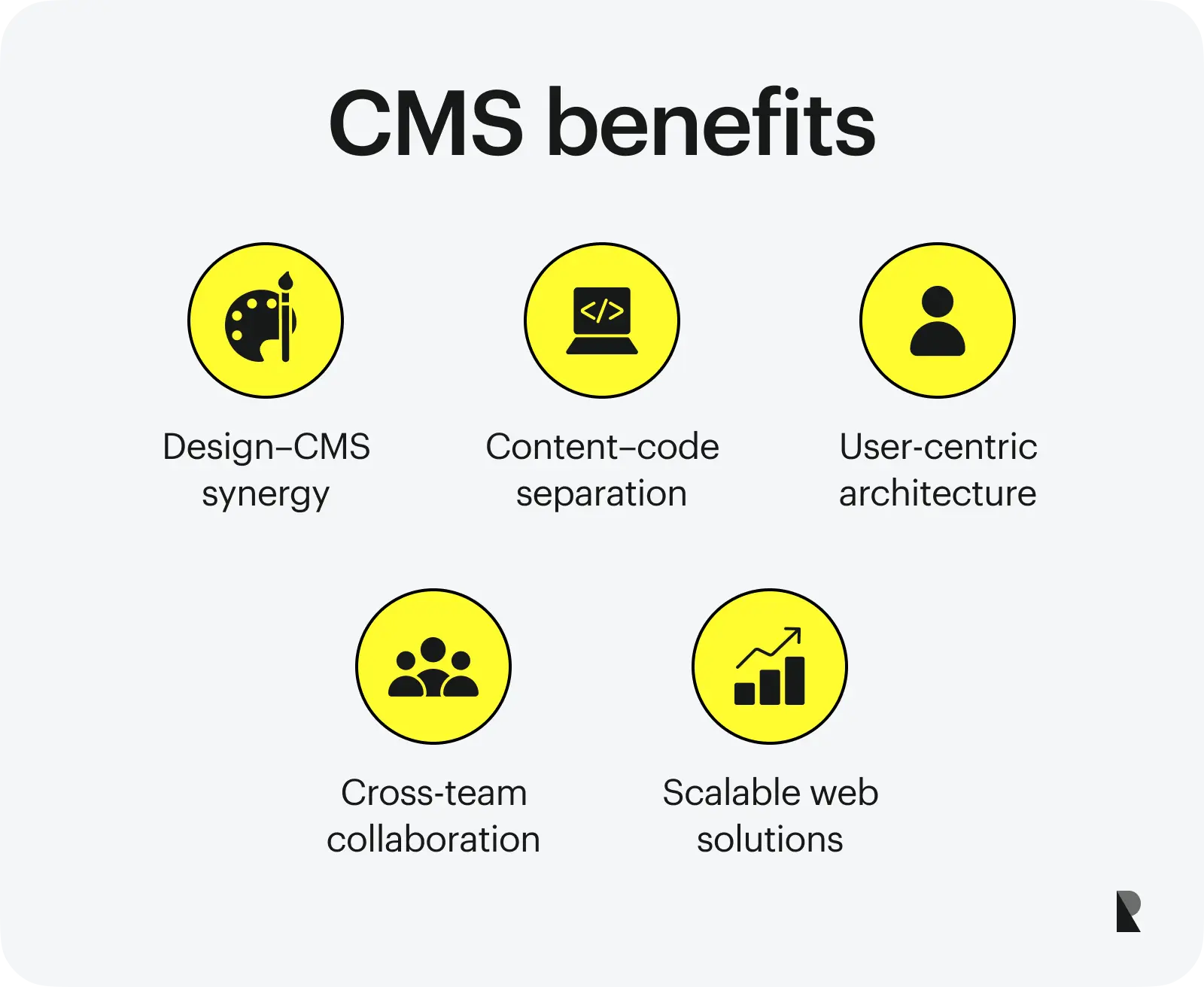
The frontier that associates web design with web content management is very thin. Web design is the process of planning and crafting various website element layouts and structures, which include fonts, colors, graphics, and other forms of media. It also comes with several factors at its core to consider, such as UX, page speed, and SEO, to build a successful and effective website or product.
On the other hand, a web content management system reduces the maintenance effort and costs of large and small websites managed by controlling and organizing several forms of content which are stored in a database through the use of CMS design patterns, separating it as much as possible from the presentation layer aspects and the source code of a website or application.
Just as web developers and programmers can build the whole web content management application but often cannot produce graphics or fulfill the requirements of a complete design process on their own, which is in this case, they have to cooperate with the web designers and has some relevant similarities with CMS and web design.
Web design differs from web development which consists of the actual website coding using various programming languages. However, you must use web design and development to create successful products when building a complete website.
In the same way, a CMS must have a good web design approach to be valuable and effective to users. Even the most technically advanced website or application without the elements of a good design, such as graphics and proper UX/UI, does not impress or be comprehended by anybody. When it comes to content management systems, web designers should have a good mental model of the typical information architecture when undergoing the design process.
When designing web pages for CMS, it is sensible to have a good idea of the page layout and content of the website. It's always worth noting that designing professional websites with CMS is not just about making beautiful web pages and functional features but also understanding the purpose of the content and audience by crafting an architecture of information structure that perfectly meets and fulfills the very end goals of every business requirement.
Building professional-grade websites in production involve several complex and collective tasks beyond the capabilities of ordinary static-based web pages. With the release of several content management system examples, CMS became one of the critical tools commencing the rebirth of world wide web 2.0, which covers many automation processes in website administration, virtual communication, and dynamic interaction that shows the various CMS importance to web development.
Advantages and Disadvantages of Content Management Systems
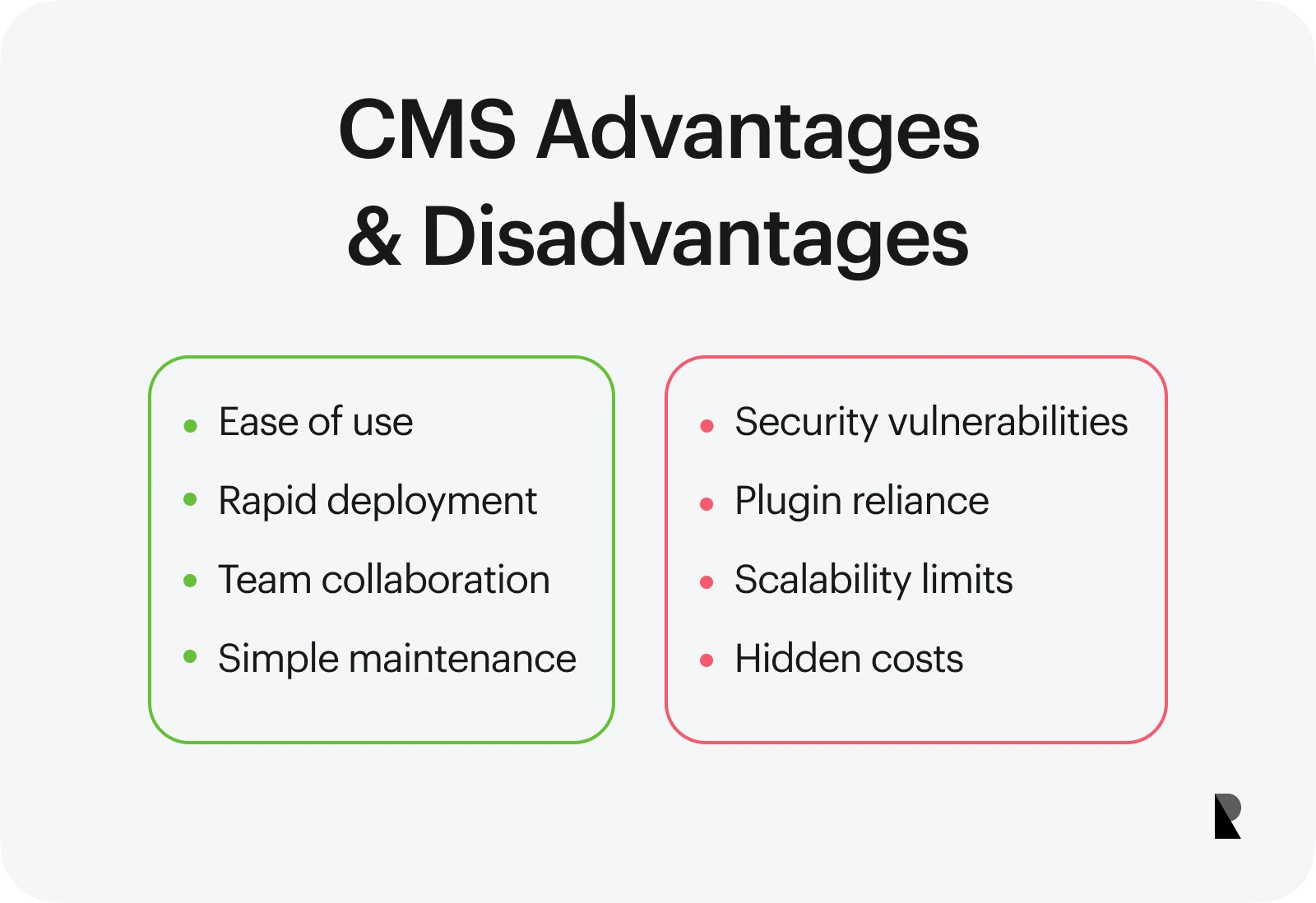
Various content management systems cover many new advanced features, making it possible to build a revolutionary and cutting-edge application that can be managed by a small group of people or even a large team. Many web design companies are now spending vast amounts of money to craft professional-grade websites using one of the best CMS for website development.
With the exponential growth of different CMS among web developers and webmasters, thousands of content management system-based websites sprung out around the internet. Take WordPress as an example.
As of 2021, over four hundred fifty-five (455) million websites are powered by WordPress as their content management platform, which basically covers most websites across the internet. With such rapid growth, its developer community has also grown in past years with thousands, if not millions, of forums sharing information, tips, and coding techniques.
In addition, plenty of CMS comes with a drag-and-drop page builder feature where you can choose pre-made design elements to speed up the design and development process. New plugins and templates are also constantly being created to extend further the robust capabilities of an ordinary CMS that is common among the popular content management system. With all this activity around CMS, it's hard not to become overwhelmed by its possibilities.
What is the CMS website used for?
A content management system (CMS) is used for crafting and managing professional-quality websites using a human-friendly user interface without the need to code HTML, CSS, and any other programming languages. In more straightforward language, a CMS is a tool that helps users automate the design and development process with the end goal of creating, managing, and maintaining different kinds of content or information saved inside a database.
Advantages of CMS
Content management systems have helped millions of novice to skilled individuals produce stunning responsive websites in a short time, provided they have a basic knowledge of web design theory and UX psychology. Primarily, the significant advantage of CMS is to help a non-technical person build a website using its easy-to-use graphical user interface and maintenance capability features.
With this in mind, the common pros of using CMS are:
Ease of use
Every non-programming person can easily create a beautiful, full-featured site and manage different kinds of content such as posts, pages, graphics, and other forms of media with a series of clicks of buttons. Even if you don't know any HTML, CSS, or programming languages such as PHP or Python, it will not hinder you from building and maintaining your full-grade website.
Fast Development and Deployment
CMS has a steep learning curve, so the development process doesn't take much longer than the usual development process. In the same way, deploying a CMS in the production server is not that complex. You can even install them locally or remotely as you develop.
SEO-friendly
The developers of CMS are aware of the importance of search engine visibility. CMS provides several options, configuration settings, plugins, and tools to help you rank your website in major search engines. Nonetheless, Search Engine Optimization (SEO) techniques should not be neglected and should be utilized well along with what CMS already provides to obtain high placement on search engines.
Collaborative
One of the most favorable aspects of a content management system is its multi-user access feature. This means multiple people can add, edit, or update the website content simultaneously, regardless of which device or computer they use. Since all CMS data are often deployed online and stored in the database, people can collaborate remotely and work efficiently in their phases.
Easy Backup and Software Update
CMS provides the easiest way to back up and export website data using various backup plugins. Updating the version of the CMS is also a no-brainer as it lets you edit the software with a click of a button.
Disadvantages of CMS
With so many non-programming features, CMS became a coloring-book tool for many users. Content management systems often promote the idea of not needing to learn HTML, CSS, and other forms of programming languages which are essential if you plan on doing web development in the long run.
Not to mention the other factors that could lead to many limitations and risks as you will never fully control your web design or web development process unless you learn the basics of a markup and style sheet language along with some programming language.
Below are some of the known drawbacks of using CMS:
Security Risk
Not all CMS are secured. Like any application, content management systems are prone to any security vulnerabilities unless regularly checked for potential security threats and utilized for software upgrades. Vulnerability can happen anytime, mainly when a malicious actor exploits and compromise access to the CMS infrastructure and attacks the database.
In 2016 alone, more than 16,000 websites were hacked and compromised due to brute force attacks. Most of these websites are hosted on WordPress CMS. For this reason, it's worthwhile to consider both internal and external security tools if you plan to use CMS on your project.
Heavy dependence on plugins.
CMS often heavily relies on plugins and external tools. Not all plugins are helpful for a particular feature requirement and can impact your websites differently, such as additional HTTP requests, unnecessary database queries, and security vulnerabilities.
Limited Scalability.
Scalability is one of the key factors when it comes to data management. Not all familiar out-of-the-box CMS is scalable. The content management ability to grow with your business depends on several factors. Compared to custom-made applications, some CMS doesn't support complex integrations and customizations when expanding into new markets.
Hidden Cost.
While most CMS is free, open-source software, it doesn't mean that everything is available at no cost. Various plugins and add-ons can cost you a few dollars to hundreds extra per month, especially if you don't understand what you are signing up for.
How to Choose Proper CMS for Your Web Project?
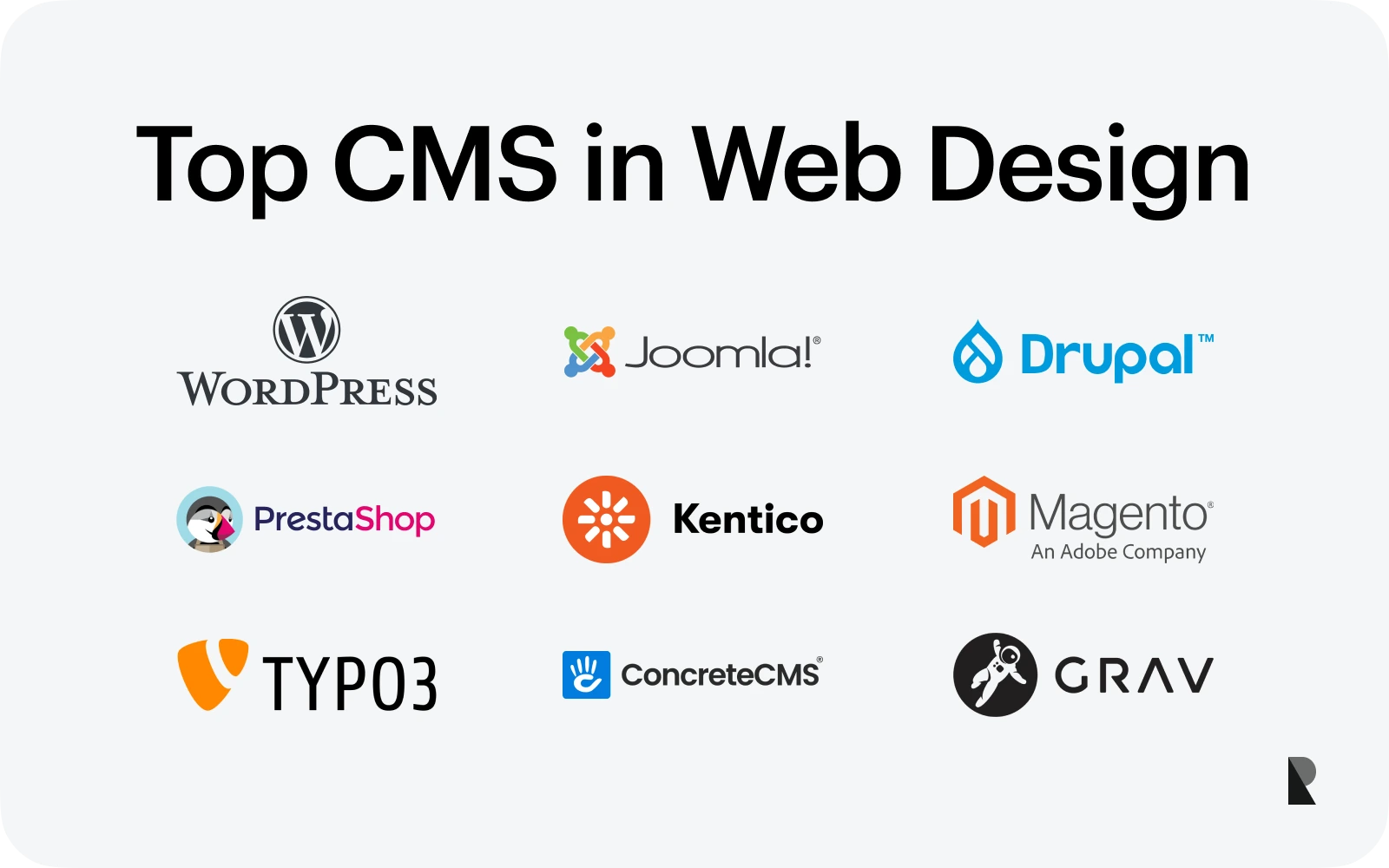
With the growing need to modify and manage website content in the 80s and 90s, some closed-source software has arisen to help enterprises manage their content and business processes. Different companies obtained private content management applications such as FileNet and Documentum, which contributed to storing critical business documents and managing content.
In the early 2000s, plenty of modern open source CMS was introduced to the market, which was popularized by different powerful features, including the extensible plugin approach, third party integrations, and other CMS development tools.
In the present day, there are probably hundreds of content management systems available on the market. Each of them offers different features for a specific purpose and use cases. Below are some of the popular content management systems that are being used today:
Wordpress
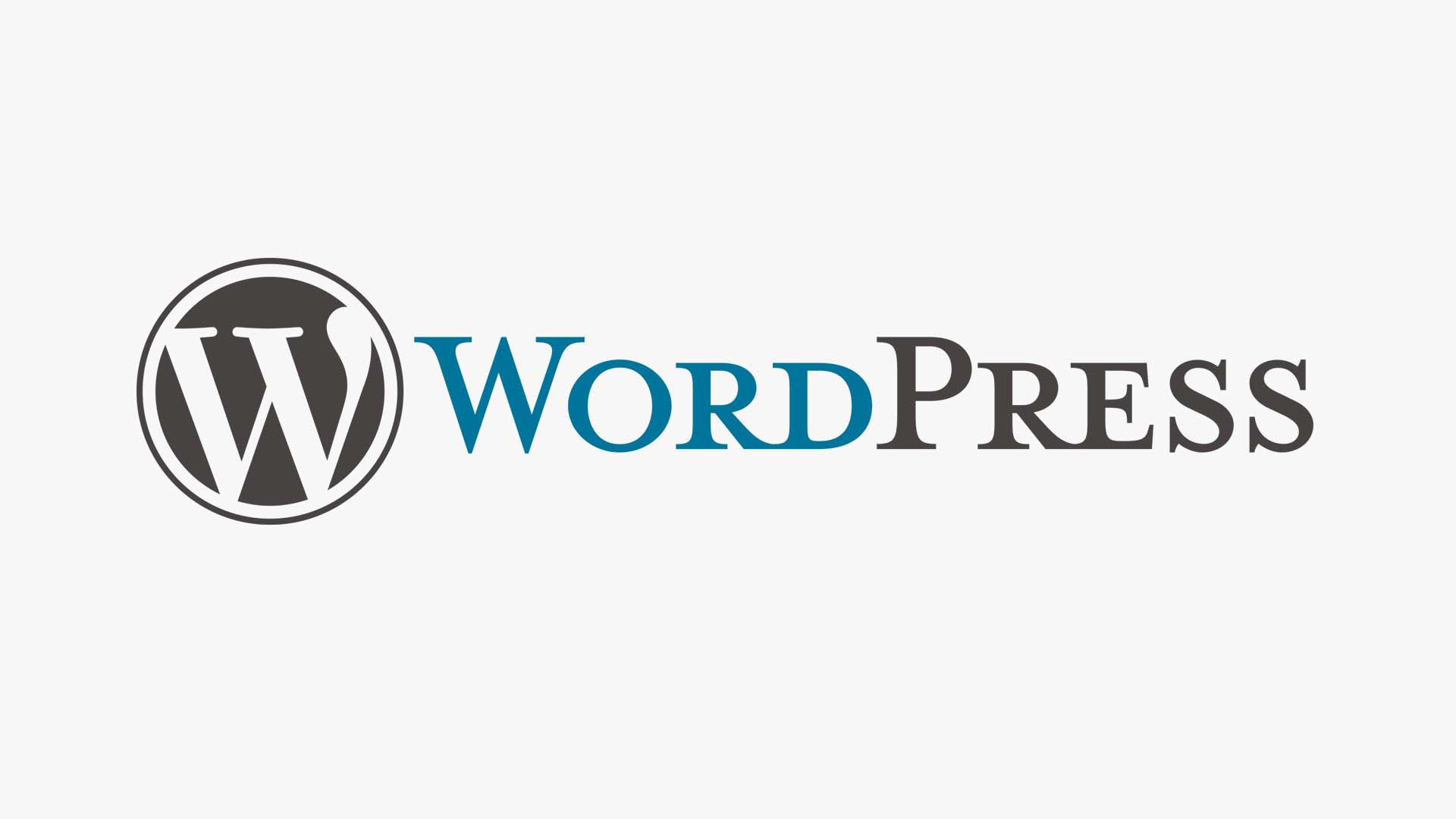
WordPress is the most popular open-source CMS platform in the world, powering 39.1% of all websites based on the latest statistics by W3Techs, and it's increasing in numbers by more than 2% annually on average. WordPress comes with free software and its own blog hosting platform via WordPress.com.
Joomla
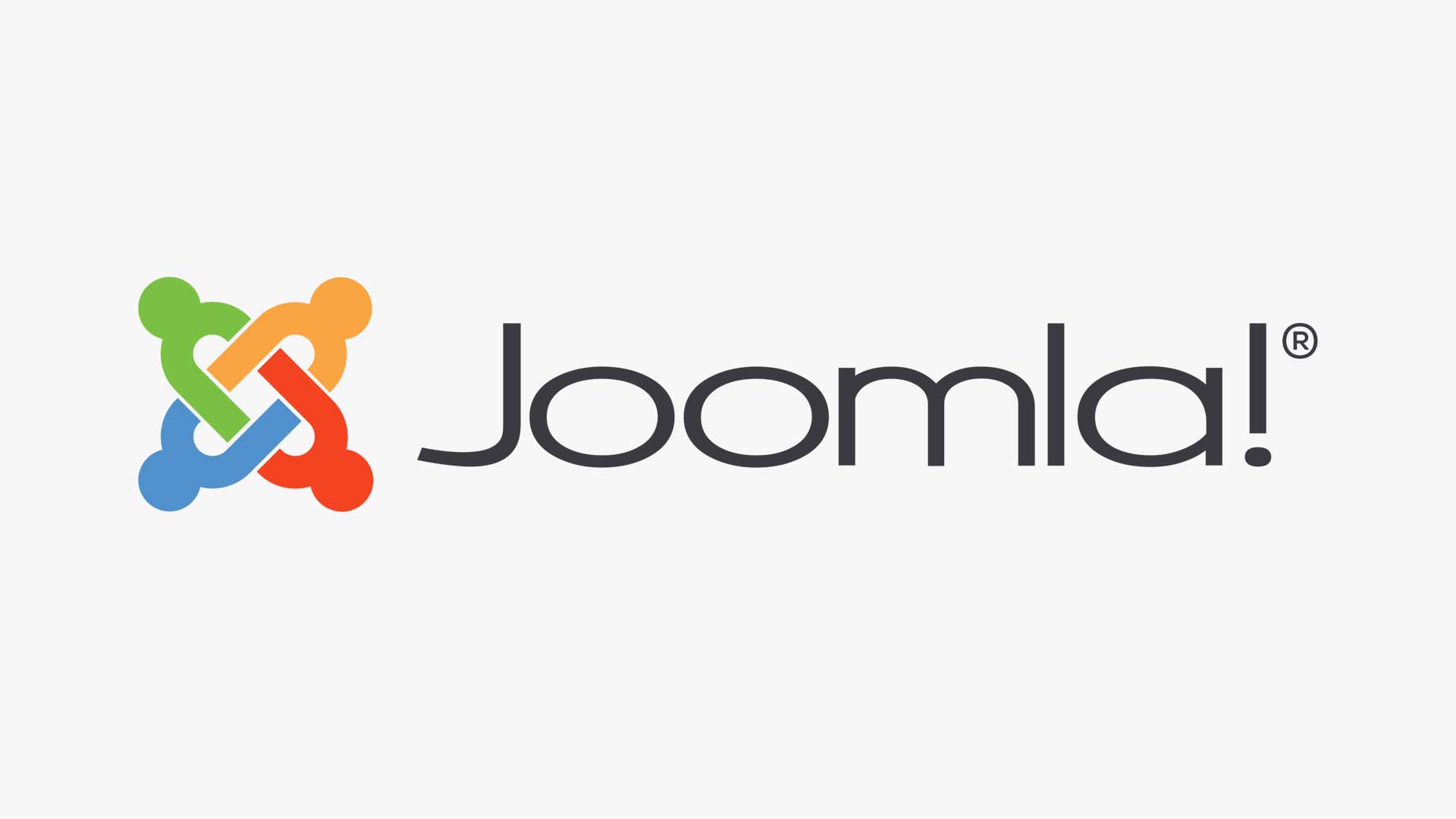
Joomla is yet another popular free, open-source CMS platform and is almost as old and has practically the same features as WordPress powering around 3% of all the websites on the internet. It comes with thousands of templates and extensions that are free and paid to extend your website's features better.
Drupal
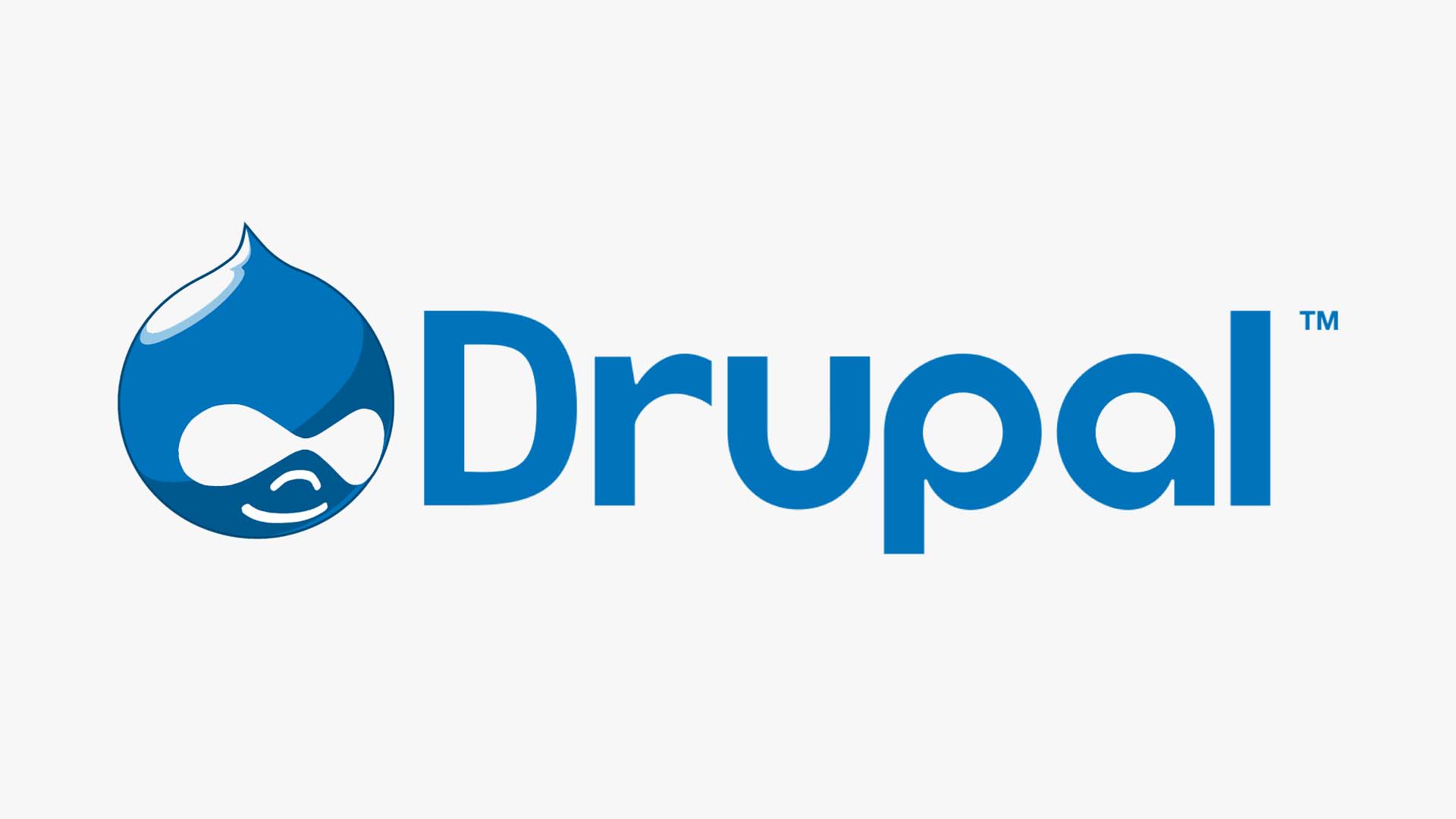
Drupal is another open-source CMS platform known for its robust content management tools and APIs for multichannel publishing. Drupal was first introduced before WordPress and Joomla in 2001 but is still a good option for developers who aim to build a professional-grade customized website for data management.
HubSpot CMS
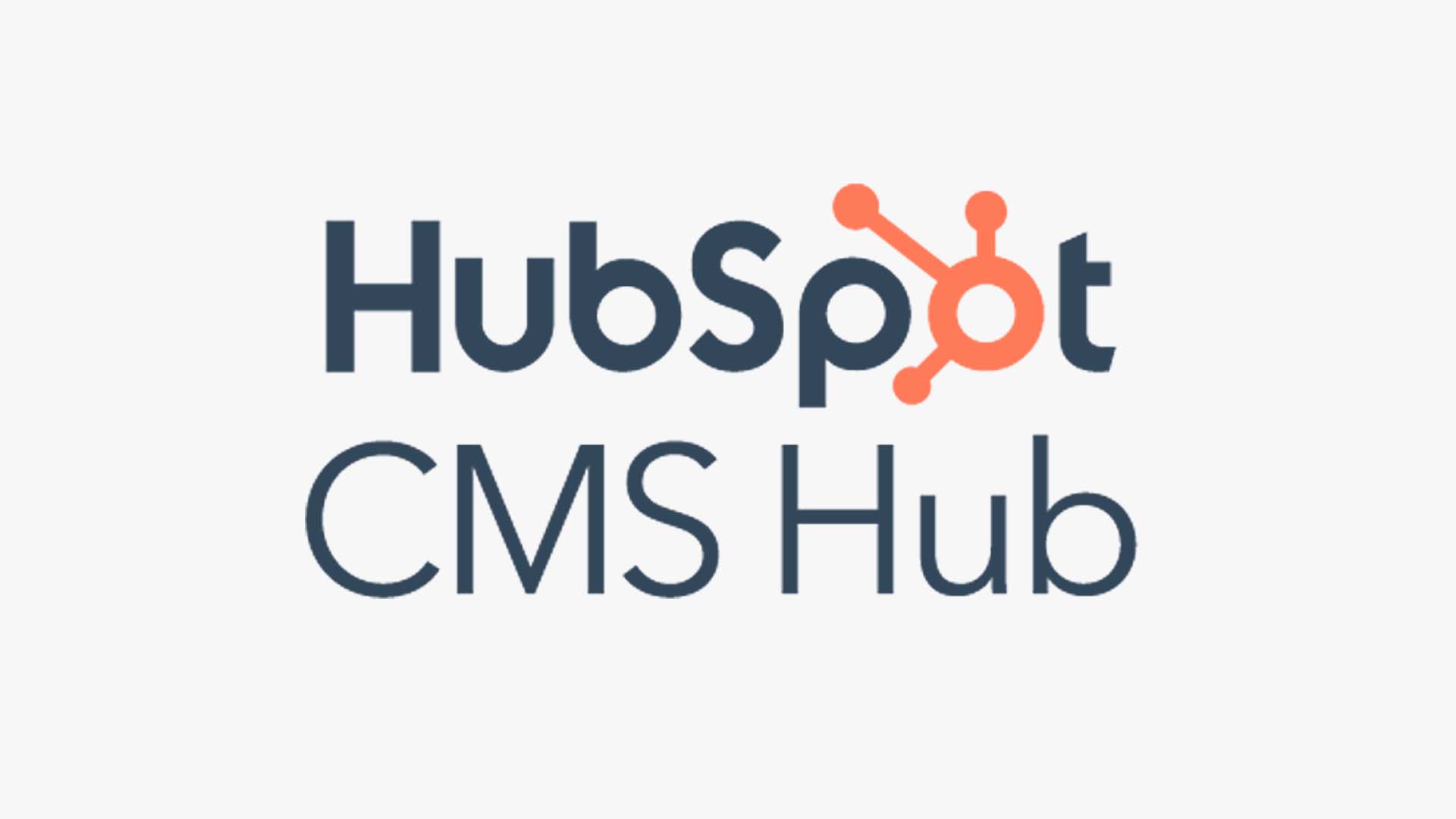
HubSpot CMS is a free, fully integrated CMS tool that offers many powerful features you need to create a custom website. It's often the go-to tool for marketers whose goal is to grow their business through the power of customer relationship management software to personalize the website content and streamline marketing and sales alignment all in one place.
Wix
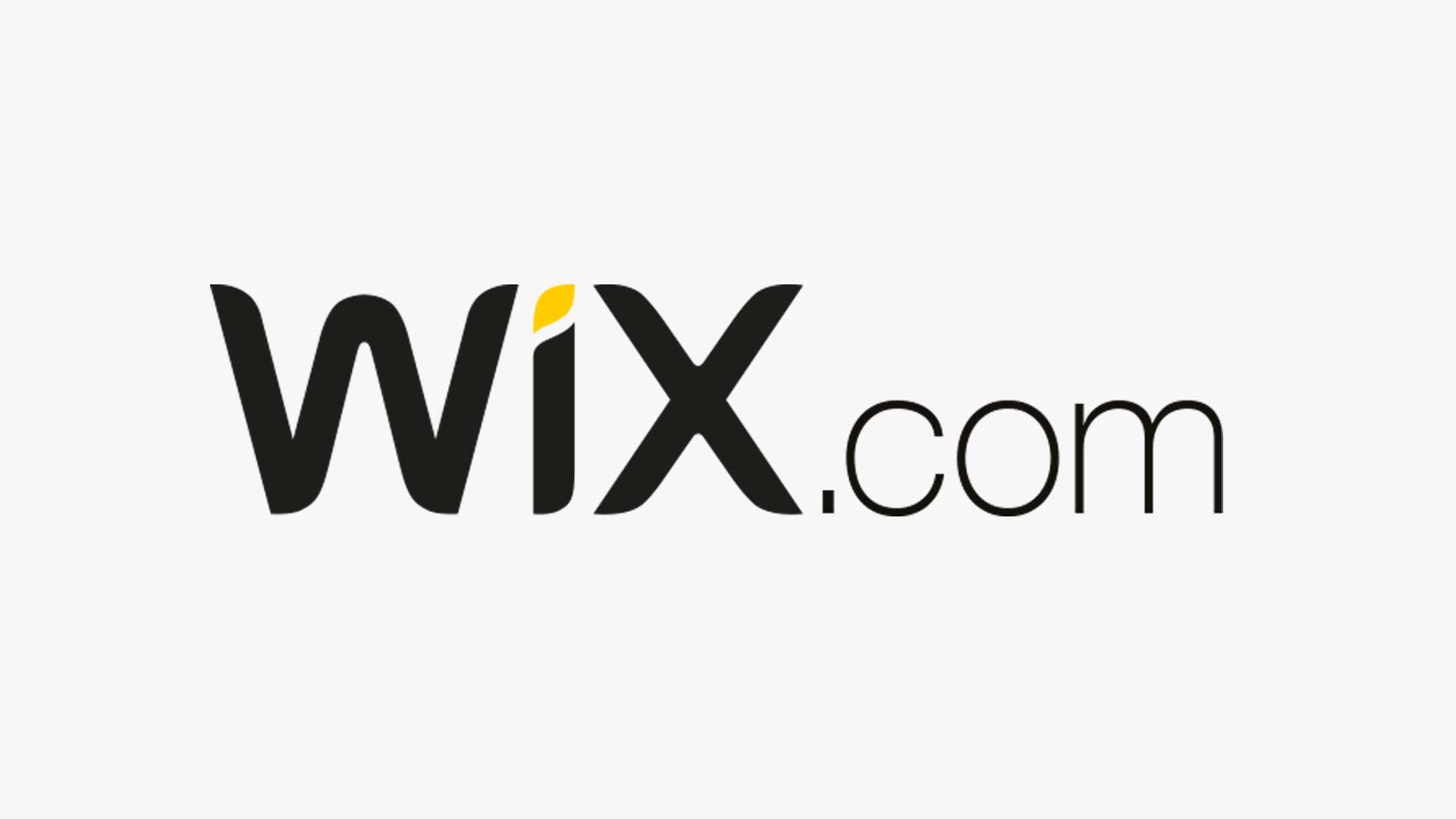
Wix is a cloud-based website CMS tool packed with powerful drag-and-drop design tools and elements with the inclusion of a web hosting solution. Though it's limited regarding scalability, Wix can speed up the process of web design and development by simply using the available tools it provides.
Rules for Choosing a CMS
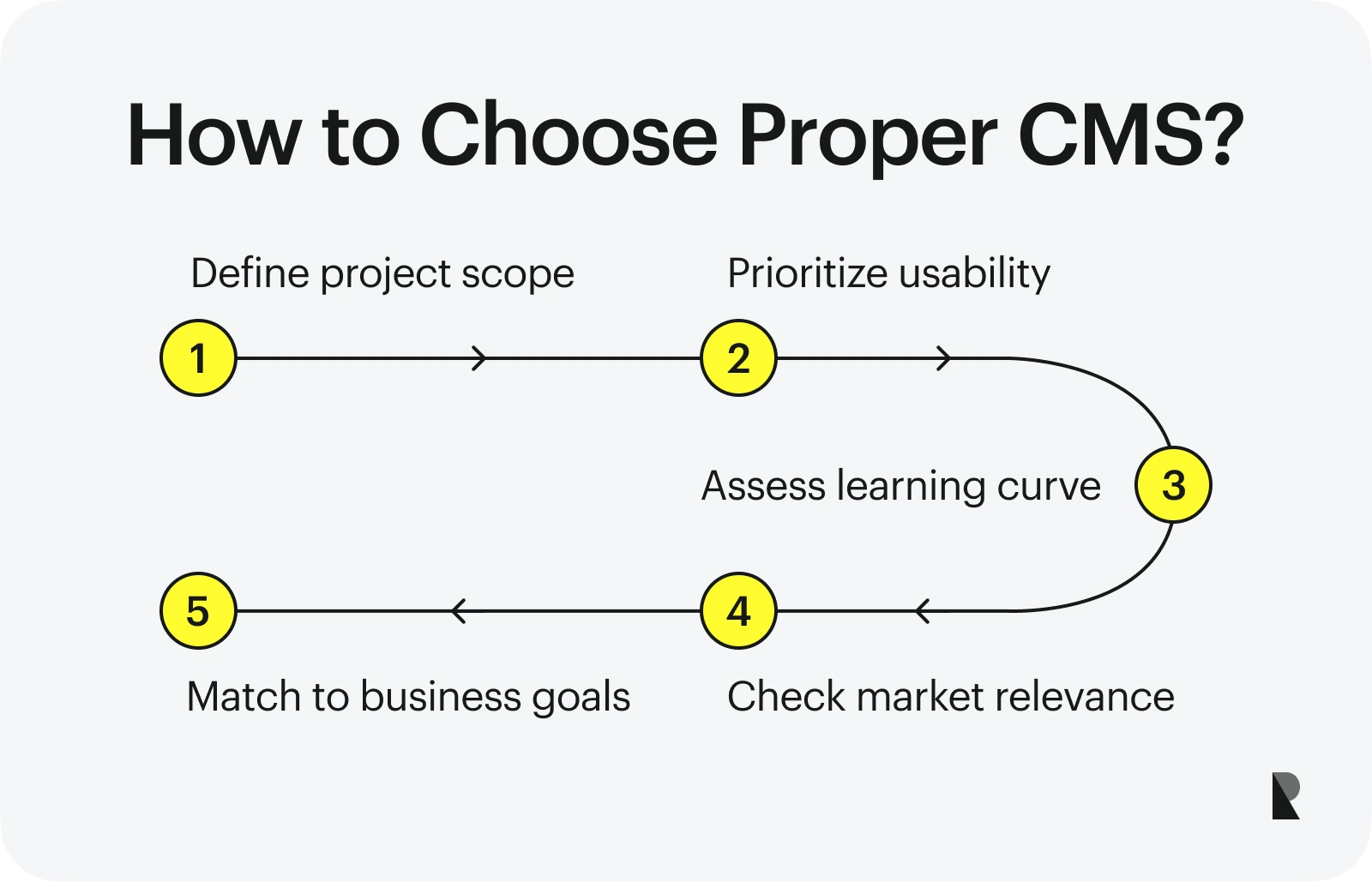
With a vast array of online content management systems, it's not easy to choose the best platform for a particular website project. Each CMS can be best for a specific case and project requirement, while some may lack the functionality.
While there are no perfect CMS solutions for every type of business, you can check these three rules when choosing the suitable CMS for your project.
Identify Your Project Needs
Before starting the design and development process, you need to identify your website project's specific needs and requirements. To be precise, you would want to pick the CMS that meets the needs and goals of your project, including customizability, security, flexibility, and tools such as plugins and widgets available and ready to be used for a specific case.
Ease of Use / Easy to Learn
Using content management systems should simplify both the design and development processes. An ideal CMS will be easy to use and has a steep learning curve.
Market Relevancy
One of the great way to choose the best platform to use in a project is the market relevancy of a CMS. If many users and highly successful customers and brands are using it, chances are that CMS has excellent features and robust content management tools to enable you to reach your project's end goal.
In Summary
A content management system (CMS) is software that helps people to enhance their digital experience and meet their project goals. CMS plays a vital role in both web design standards as it handles the limitations of web design, primarily the content management task itself.
Web design handles the website's visual style through presentation layers of every form of content. At the same time, CMS leverages internal and external tools to quickly organize information with the end goal of being presented via visual themes, graphics, and layouts.
Both CMS and web design are essential to the success of the whole website operation.
Aug 29, 2022
